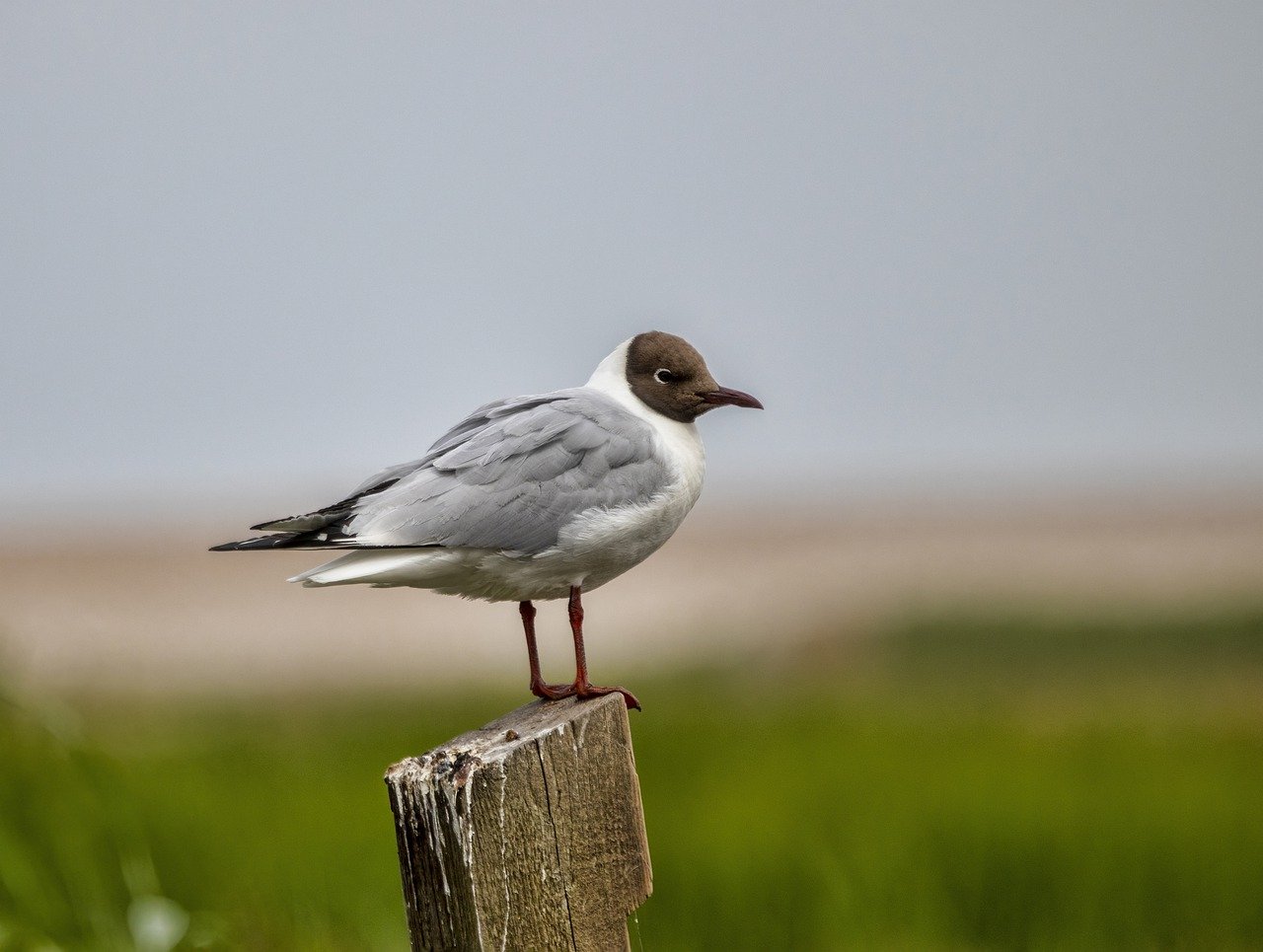Origin, migration, and site fidelity of Black-headed Gulls Larus ridibundus ringed at Malmö
DOI:
https://doi.org/10.34080/os.v11.22860Keywords:
bird ringing, bird banding, ringing recoveries, migration, winter ecology, staging sites, stopover sites, climate effectsAbstract
We analysed the recoveries of Black-headed Gulls Larus ridibundus ringed in the town of Malmö, southern Sweden, in 1965—1999. A total of 21,399 fledged juveniles and adults were ringed in Pildammsparken, and 3,703 chicks in a breeding colony. We also included recoveries of birds ringed abroad. We excluded local recoveries within the province of Scania, the Danish islands, and northern Germany. The number of recovered birds used in the analysis was 812; some of them were recovered more than once. We found that birds hatched in the Malmö colony moved towards southwest with almost no long distance recoveries in any other direction. The main winter area is in northwest Europe – Holland, Belgium and Great Britain. Recoveries south of 45 °N are sparse and we found that Black-headed Gulls seem to winter more to the north today, compared with 30 years ago. Birds that visited Malmö in the non-breeding season came from breeding areas in Finland, the Baltic states, Russia, and northern and southeastern Sweden. Many of these birds also stayed in Malmö throughout the winter. We also found a high fidelity to the breeding as well as to the roosting and winter area.
Downloads

Downloads
Published
How to Cite
Issue
Section
License
The copyright of each contribution belongs to the author(s), but all contributions are published under a Creative Commons license, so that anyone is free to share and reuse the contribution as long as the copyright holder is attributed.







